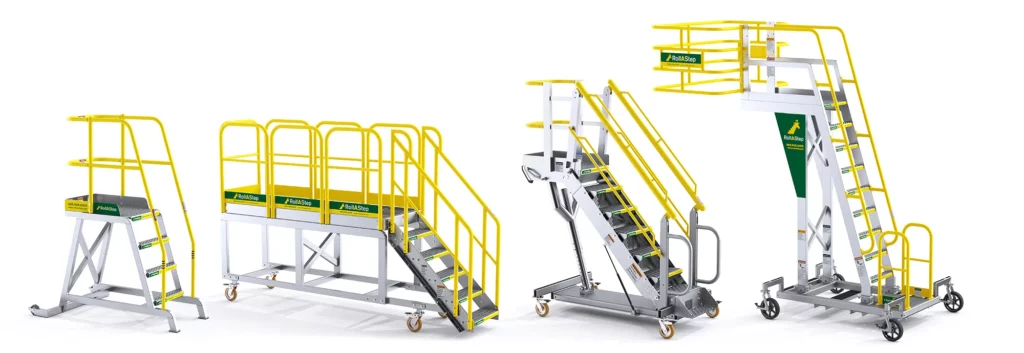The Risks of Flatbed Loading
Truck operators in the transportation and logistics industry deal with heavy, irregularly shaped cargo like pipes, cement, and lumber daily. Loading, securing, and tarping flatbed trucks is dangerous and poses significant risks to operators, particularly from falls, which are among the leading causes of serious work-related injuries and fatalities.
Dangers of Tarping a Flatbed Load
Tarping is necessary to protect cargo from the elements and secure it for transportation, but it is not without risks. Operators frequently need to climb onto flatbeds and maneuver across uneven and slippery surfaces, significantly increasing the risk of falls. Some tarps can weigh over 200 pounds, adding to the difficulty and danger of the task, especially under adverse weather conditions like rain, snow, and high winds.

Most flatbed trucks have a deck height ranging from 52 to 60 inches, with loads potentially reaching up to 13 feet 6 inches. Despite these heights, the Mine Safety and Health Administration (MSHA) and the Occupational Safety and Health Administration (OSHA) require fall protection for heights exceeding 48 inches. This regulation means that all operators should use fall protection equipment to comply with safety codes when securing or tarping loads on flatbed trucks, reducing the risk of falls and improving safety during flatbed tarping operations.
Compliance and Liability
Under OSHA standards, fall protection is mandatory for workers operating at heights exceeding four feet, a common scenario during flatbed loading operations. Non-compliance not only poses a risk to safety but also increases liability for facilities, which can be held responsible for accidents occurring on their premises, even if the affected workers or operators are not directly employed by the facility.
Non-compliance increases liability for facilities, which can be held responsible for accidents, even if the affected workers are not their direct employees.
ErectaStep’s Solution: RollaStep MP Series Mobile Platforms
ErectaStep offers the RollaStep MP Series mobile work platforms to mitigate these risks, providing a stable, secure, and flexible solution for flatbed loading and tarping operations. These platforms feature robust construction and easy maneuverability, allowing them to be placed alongside trucks to provide operators with safe and compliant access to loads, regardless of shape or size.
The MP Series platforms and our line of rolling stairs and ladders are engineered with safety and functionality in mind, equipped with OSHA-compliant features such as full-sized handrails, aggressive non-slip surfaces, and customizable configurations to accommodate specific operational needs. These platforms enhance safety and improve operational efficiency by enabling quicker and safer loading processes.




Enhancing Operational Safety and Efficiency
Implementing effective safety solutions like the RollaStep MP Series can significantly reduce the risk of accidents and injuries associated with flatbed loading and tarping. These platforms provide a critical safety measure, ensuring compliance with regulatory standards, reducing liability exposure, and supporting operational efficiency.

For more detailed information on how the RollaStep MP Series can be integrated into your operations to enhance safety and compliance, ErectaStep’s safety experts can help.







